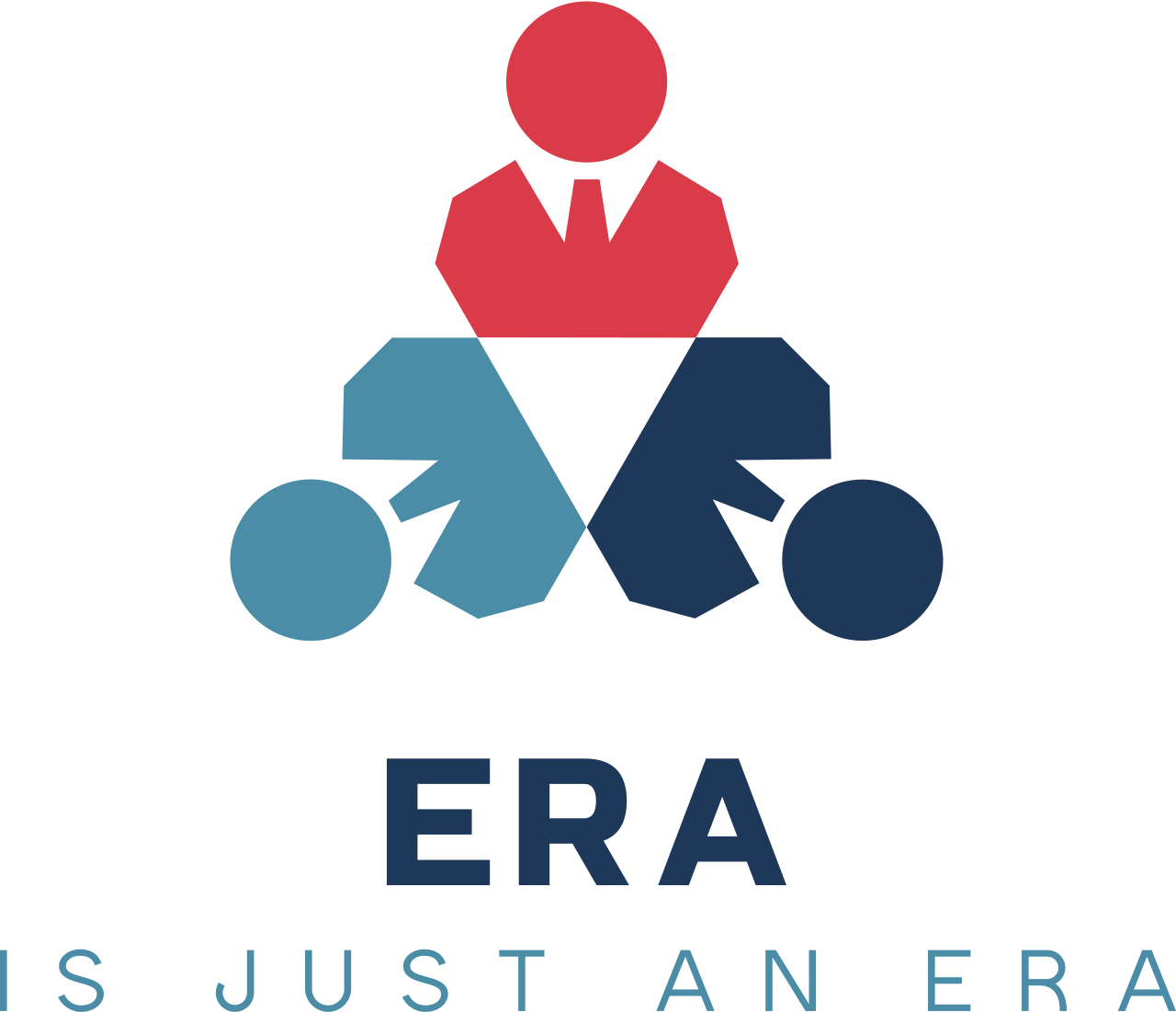Transformative Innovations Redefining Remote Work Environments
How can understanding the dual impact of WFH on productivity and family dynamics during the pandemic lead to innovative strategies that balance individual well-being with professional efficiency?
Recent research reimagines the work-from-home (WFH) landscape, shining a light on how innovative strategies and digital technologies are revolutionizing remote work. The wave of digitalization, powered by advancements such as cloud computing, enhanced internet capacities, and improved software tools, has reshaped traditional work setups. These technological leaps not only ease the transition of organizational databases into virtual arenas but also provide a flexible infrastructure that supports seamless value creation outside the conventional office.A vital insight emerging from recent studies is the nuanced effect of remote work on productivity. The success of WFH depends heavily on the nature of the task and the quality of the home environment. Tasks that are straightforward or require minimal collaboration have shown positive outcomes when executed remotely, while more complex, collaborative tasks tend to thrive better within structured office settings. This understanding prompts organizations to rethink work assignments based on the intrinsic nature of specific duties, an innovative approach that tailors work strategies to individual and team strengths.In addition to digital infrastructure, groundbreaking interventions aimed at enhancing remote work well-being are being explored. These initiatives focus on training strategies that motivate employees by introducing targeted behavioral changes. Such programs encourage workers to set daily goals and adopt practical modifications, ultimately fostering an improved balance between work demands and personal resources. The innovation lies in customizing professional development to address the unique challenges presented by remote work, thereby enhancing overall well-being and performance.Furthermore, recent insights underline the importance of ergonomics and indoor environmental quality (IEQ) in a home office. Providing workers autonomy over their physical surroundings—like lighting, acoustics, and temperature—has become an essential trend. Tailored solutions that enable employees to create personalized, healthier workspaces highlight how innovations in home-office design are not just about functionality, but also about boosting well-being and productivity.As remote work continues to evolve in the post-pandemic era, these research-driven innovations pave the way for a cohesive and adaptive work environment. Organizations leveraging these insights are poised to achieve a perfect blend of technological excellence and personalized human-centric solutions, driving productivity and satisfaction to unprecedented levels.
